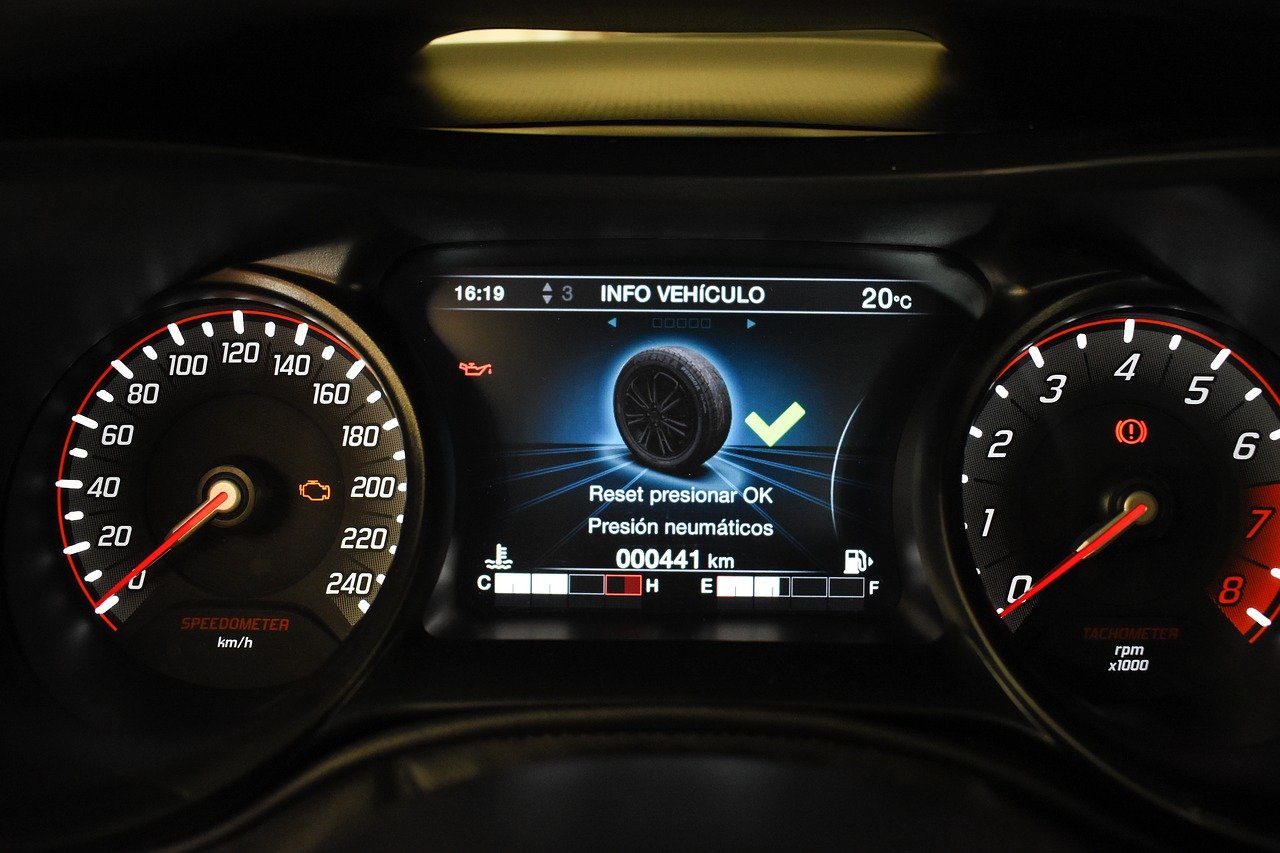The odometer reading on your car is critical for a variety of reasons, but what if it is inaccurate or does not accurately display your mileage? Here are four facts regarding odometers that everyone should know.
1 - You are expected to record What is odometer reading when purchasing or selling a vehicle, although there are several exceptions. Many states exclude automobiles above ten or work vehicles from this restriction. Mileage reporting assists in detecting odometer manipulation.
2 - There are numerous words to be aware of while reporting mileage. "Actual mileage" refers to the vehicle's actual mileage. "Not actual mileage" indicates that the odometer has been damaged or changed or that the owner is unaware of the true mileage. Finally, "exceeds mileage limitations" indicates that the vehicle's odometer has reached its maximum value and has reset to zero. Digital odometers should not reset to zero automatically.
3 - Buyers who are suspicious that the odometer reading is incorrect should request to see the title. You should check the title using common sense to see if the odometer reading matches your expectations. In most circumstances, drivers may anticipate driving their car between 10,000 and 15,000 miles each year. A ten-year-old automobile should have between 100,000 and 150,000 miles on it.
Buyers of cars with fewer than 20,000 miles on the clock may inspect the brakes and tires. Excessive wear should be a red flag that the odometer is malfunctioning.
Trusting the odometer reading is critical, and consumers should not have to worry that the number shown is wrong. Protecting yourself is the best way to guarantee that you are getting a fair bargain when purchasing a car.
To know more about What is tampering please visit our website: allenstewart.com



0 comments:
Post a Comment